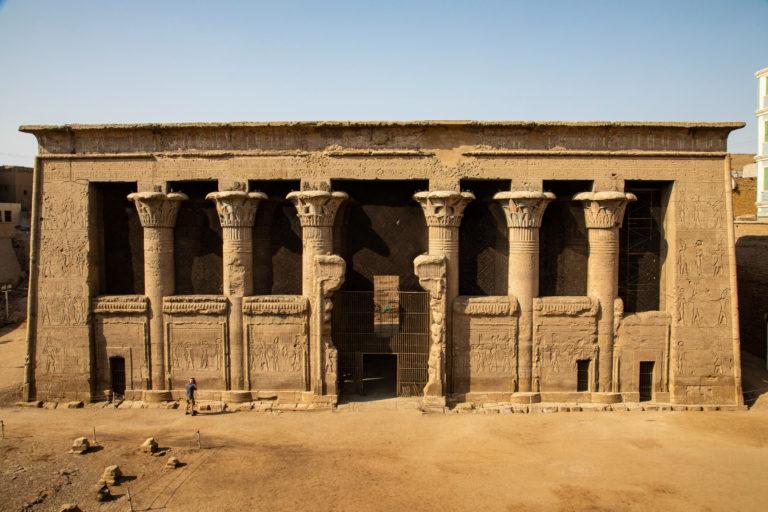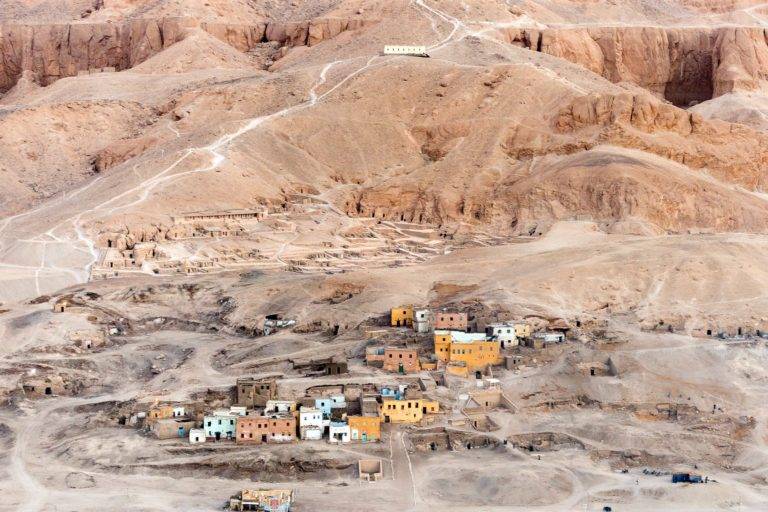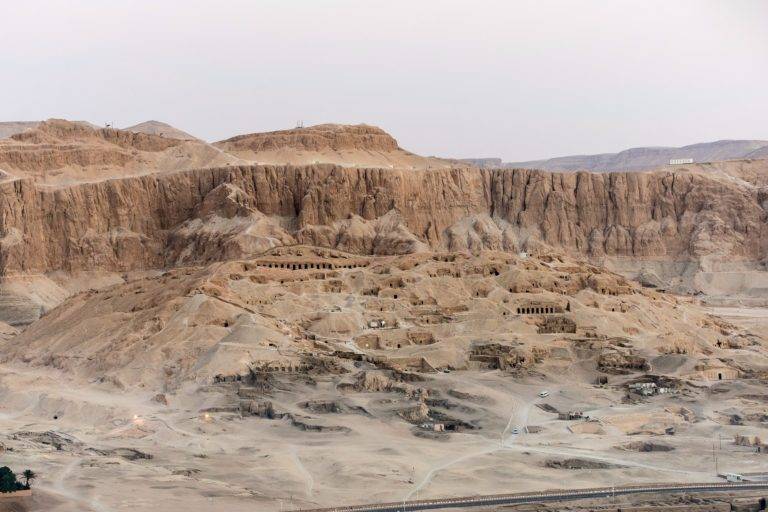Armant
Hermonthis in ancient times
Armant, a town that many guidebooks only mention briefly. Located about 20 kilometers south of Luxor, Armant is a quiet place where history can be felt in the ancient stones, and everyday life moves at a slower pace. The ruins of the Temple of Montu and the Temple of Hathor remind visitors of Egypt’s rich spiritual history. Meanwhile, sugarcane fields, lively markets, and friendly locals showcase the culture of today. Armant is not about grand displays. It’s about the close connection to the past, listening to birds by the Nile, and discovering one of Egypt’s most genuine hidden treasures.

Ancient Roots of Armant
Armant, known in ancient times as Hermonthis, was more than just a small town; it was an important religious and cultural center in Egypt. Its ancient Egyptian name, Iunu-Montu, means “City of Montu,” showing its close ties to Montu, the falcon-headed god of war. Montu was worshipped for his strength and protection in battle.
Luxor Tours & Activities
Looking to save some costs on your travel? Why not join a shared group tour to explore Luxor, Egypt? Here are some activities you might be interested in:
The Temple of Montu
The main feature of ancient Armant was the Temple of Montu. This large complex was as impressive as the big temples in Thebes. It started during the Middle Kingdom and was greatly expanded during the Eighteenth Dynasty. Pharaohs built it up to support Montu’s worship, especially as the god Amun became more important. Later rulers, including the Ptolemies and Romans, added their own styles, creating a blend of architectural designs over the years. Much of the temple is in ruins today, but pieces like pylons, courtyards, and inscriptions still show its past greatness. Montu was not only worshipped in Armant but also in nearby temples at Medamud and Karnak; however, Armant was seen as his main site. Festivals for Montu featured processions, offerings, and symbols of war, highlighting his role as the protector of Egypt’s army.

The Temple of Hathor
Alongside Montu’s power was the Temple of Hathor, built during the Ptolemaic period. Hathor is the goddess of love, music, and motherhood, balancing Armant’s spiritual identity. Reliefs from her temple show musicians, dancers, and mythological scenes that celebrate her joyful nature. The combination of Montu’s strength and Hathor’s nurturing made Armant a special place where these different qualities came together.
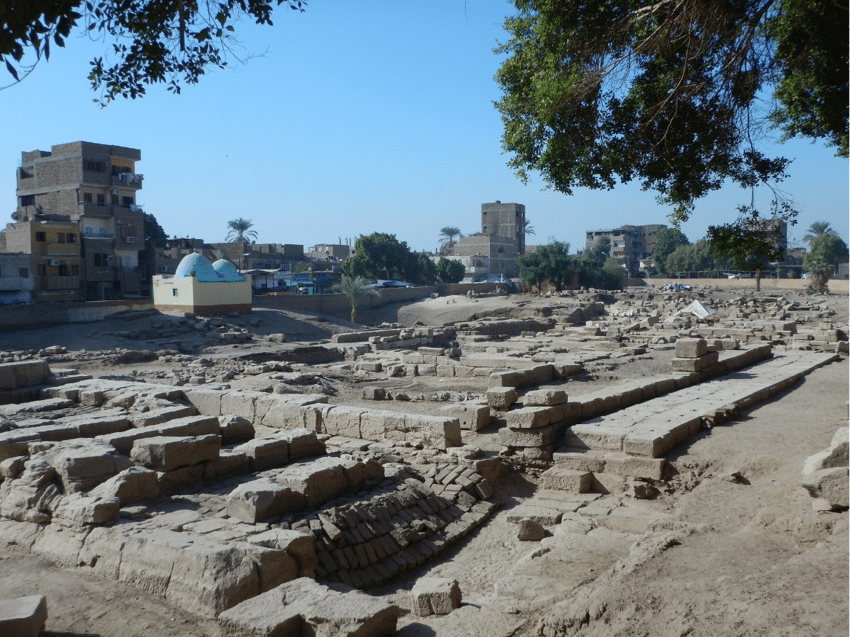
Armant in Egyptian History
Armant was important for more than just its religious role. During the Late Period and Greco-Roman era, it became a key area for settlement and administration. Archaeological findings suggest that priests, artisans, and farmers lived there and supported the temples’ economy. Its location near Thebes connected it to the political and cultural life of Upper Egypt.
The city also played a role in funerary practices. Excavations have found cemeteries and tombs from the Middle Kingdom, providing insights into burial customs and daily life. These discoveries show that Armant was not only a place of worship but also a vibrant community within Egypt’s larger civilization.
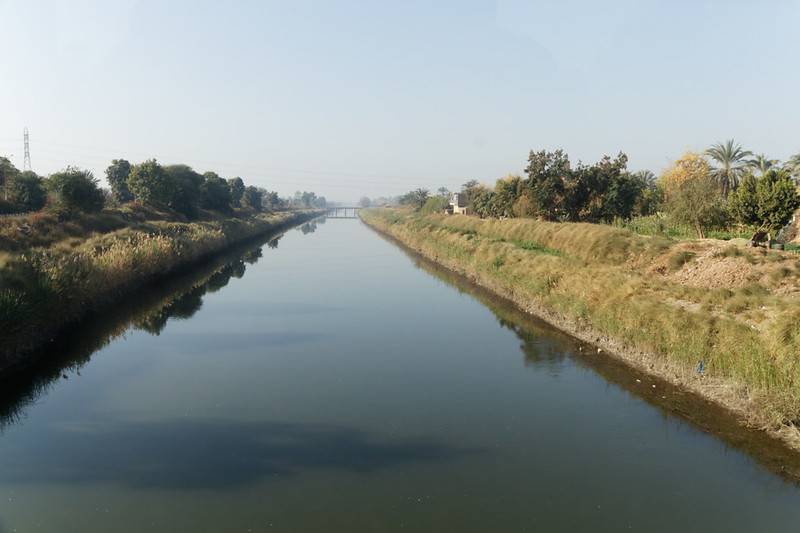
Best Time to Visit Armant
The best time to visit Armant is from October to April. During this period, the weather is mild and comfortable for exploring temples. Winter is especially pleasant with cool breezes from the Nile. Summer can be very hot, making it harder to enjoy sightseeing.
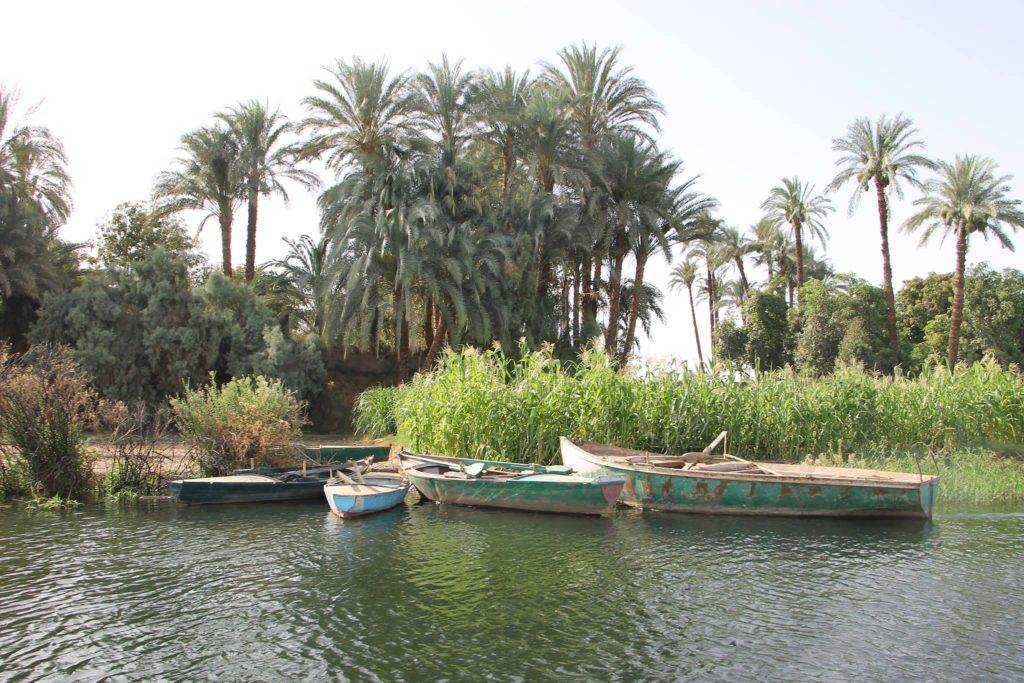
Local Culture & Experiences
Armant offers more than just temples; it allows you to experience Egyptian life. Visitors can:
– Try Traditional Food: Enjoy local baked baladi bread.
– Enjoy the Countryside: Walk along the Nile, see farmers working in sugarcane fields, and talk to locals eager to share their stories.
This mix of history and culture makes Armant a place where the past and present come together beautifully.

How to Get to Armant
Armant is located about 20 km south of Luxor, making it easy to visit. Here are some options for getting there:
– Private Car or Taxi: This is the fastest and most flexible way to reach Armant.
– Organized Tours: Many tour operators in Luxor include Armant in their trips.
– Nile Cruises: Some river cruises stop near Armant, giving you a scenic arrival by water.
Armant is accessible for families and solo travelers. It can easily fit into any trip to Egypt.
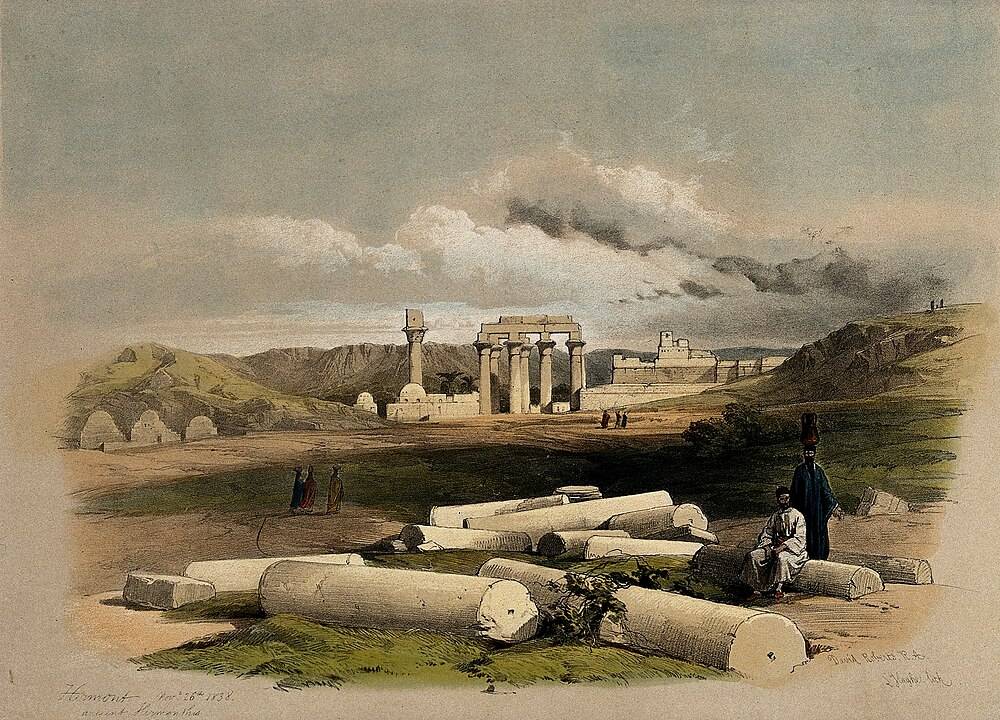
Armant as Egypt’s Hidden Gem
Armant may not have the grand temples of Karnak or the fame of Luxor’s Valley of the Kings, but it offers something special: authenticity, peace, and a view into Egypt’s living culture. The temples of Montu and Hathor highlight the country’s spiritual history, while the local villages and scenery show everyday Egyptian life.
For travelers wanting to explore beyond the usual sights, Armant is a rewarding choice. Include it in your trip and see why this quiet part of Egypt attracts those who seek a different experience.
Got a Question?
F.A.Qs
Armant is located about 20 kilometers south of Luxor, making it an easy day trip by car or organized tour. Travel time is roughly 30–40 minutes depending on traffic.
The highlights are the Temple of Montu, dedicated to the falcon-headed war god, and the Temple of Hathor, built during the Ptolemaic era. Both sites reveal fascinating aspects of ancient Egyptian spirituality.
You can reach Armant by private taxi, organized tour, or Nile cruise stop. Most travelers base themselves in Luxor and make a short trip south.
Did you know that
By purchasing through our links, you support us at no additional cost.
Thank you for your support. ♥️

